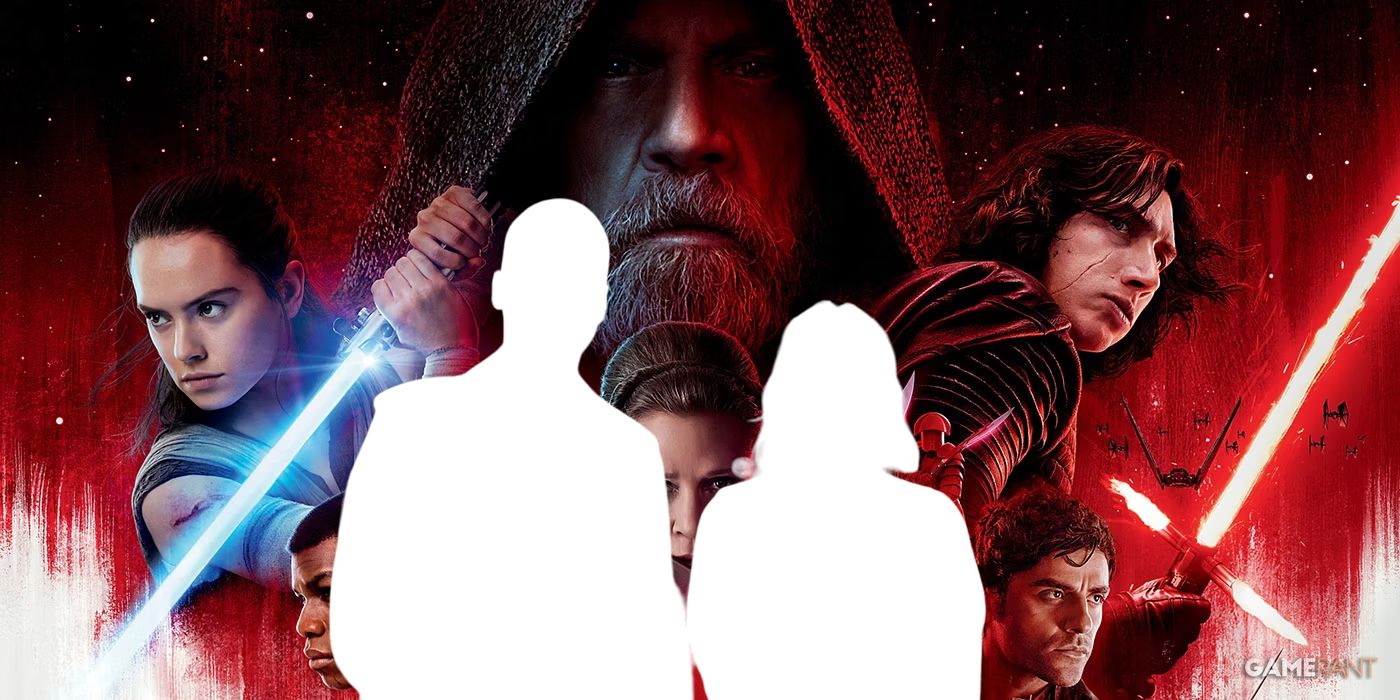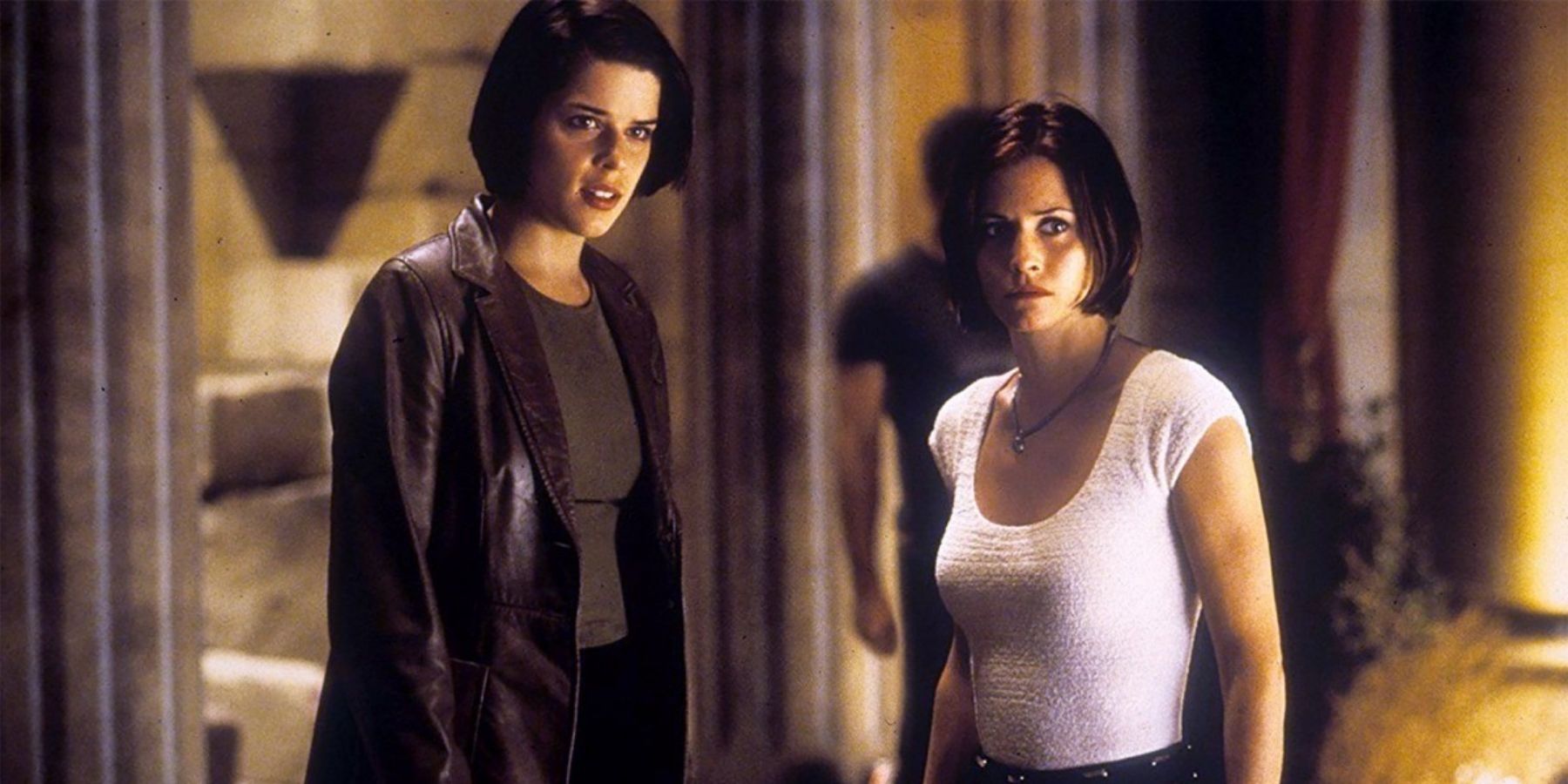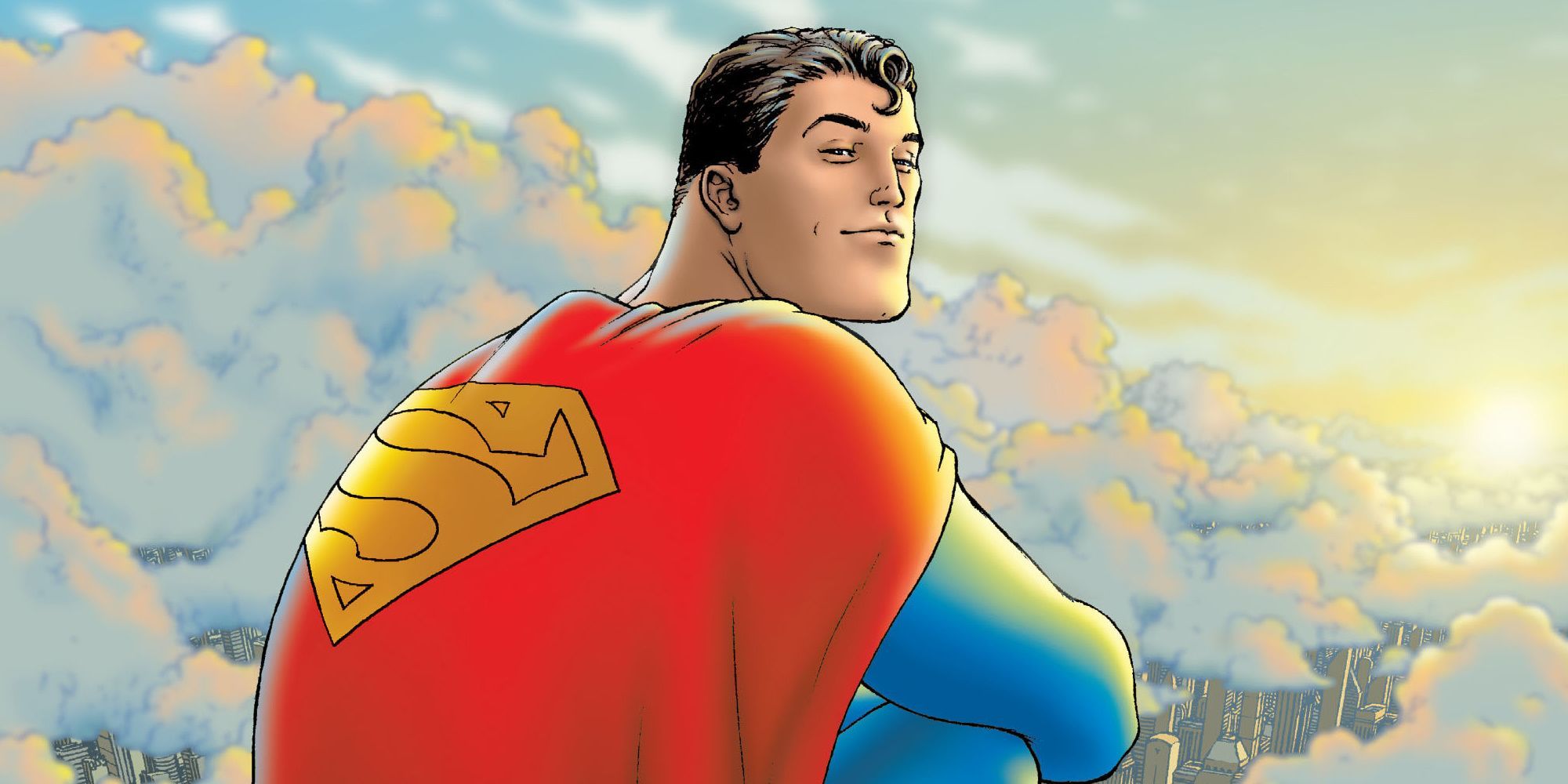Science fiction might be the genre that suffers the most with time. As humanity inches closer to the future, readers can't help but compare past predictions of the future depicted in their novels with the (unlikely consistent) present. That being said, there are still some science fiction stories that have become so enduring and engaging that they are sure to stand the test of time, even when the future does eventually come.
While many iconic novels only have one entry, just as many have spawned sequels, prequels, and spinoffs that expand the universe created by the author. These entries may expand on plot points, continue a character's journey, or simply be an excuse to return to a beloved world. Nevertheless, sci-fi readers may be excited to learn that some of their favorite novels have new material worth seeking.
6 2001: A Space Odyssey
Most people are probably familiar with the legendary 1968 film from director Stanley Kubrick, but sci-fi fans will know that the idea didn't come fully formed from the mind of Kubrick. 2001 was actually created alongside a novel retelling of the same story by Arthur C. Clarke; Kubrick actually worked with Clarke on the novel, though only Clarke is credited as the author. The book essentially follows the same story as the film, though with a little more context to its undeniably confusing ending.
While 2001 may have been Clarke's first odyssey, it was hardly his last. Clarke went on to publish three more books in the "Space Odyssey" series. The second novel, 2010: Odyssey Two, was published in 1982 and adapted into a film two years later. The story follows a mission to discover what happened on the spaceship Discovery and the truth behind the monoliths. If fans were curious about solving the mysteries of 2001, 2010 is the perfect novel for their answers. For fans who would rather revel in the mystery, it's best to steer clear of this sequel. 2010 was followed by 2016: Odyssey Three and 3001: The Final Odyssey.
5 The War of the Worlds
The most iconic alien invasion narrative, The War of the Worlds seems to be a story that will be engaging for any generation. Since its inception, The War of the Worlds has inspired numerous creative adaptations, from Orson Welles' infamous radio show to Steven Spielberg's 2005 re-imagining. While the premise of The War of the Worlds is simple enough to be a great jumping-off point for writers looking to write original stories, that hasn't stopped other authors from continuing Wells' story.
It took only weeks after the initial publication for The Boston Post published a sequel written by Garrett P. Serviss titled Edison's Conquest of Mars, in which Thomas Edison leads a counter-attack to the Martians. Several short stories retelling the events of The War of the Worlds from new perspectives have also been published over the years, with recounts taking place everywhere from Texas to China. The most well-known spinoff comes from author Christopher Priest with The Space Machine. Both a prequel and a sequel, The Space Machine follows two characters who end up on Mars prior to the invasion. In an attempt to return to Earth, they come back after the Martian invasion and discover the fate of humanity.
4 The Time Machine
If only H. G. Wells had a time machine himself, he could travel to the present and see how his novel inspired sequels, spinoffs, and adaptations. Essentially inventing the popularity of time travel in fiction, the novel saw Wells coin the term "time machine", making this sci-fi novel easily one of the most influential ever published in the genre.
Much like The War of the Worlds, the world of The Time Machine is continued in Priest's novel The Space Machine. At the beginning of the novel, an inventor's assistant uses his invented time machine to travel to Mars. It's assumed that the inventor, named Sir William Reynolds, is the unnamed time traveler in The Time Machine. The first direct sequel was written by Egon Friedel; titled Die Rückkehr der Zeitmaschine (or The Return of the Time Machine in English), which chronologies the time traveler's adventure following the events of the novel, resulting in flying cities and time paradoxes. Other sequels about the time traveler's adventures include Time Machine II by George Pal, The Man Who Loved Morlocks by David J. Lake, and The Time Ships by Stephen Baxter.
3 Do Androids Dream of Electric Sheep?
While most audiences will be more familiar with its film adaptation Blade Runner, Philip K. Dick's classic novel Do Androids Dream of Electric Sheep? is still a favorite among sci-fi fans. Blade Runner eventually got its own sequel, Blade Runner 2049, which continues the story of Rick Deckard. While Blade Runner 2049 could be seen as a sequel to Do Androids Dream of Electric Sheep?, there are still novel sequels that book readers can get their hands on.
In the late '90s and early 2000s, three official sequels were published by Dick's friend K. W. Jeter. Blade Runner 2: The Edge of Human takes place directly after the events of both the original novel and the film adaptation, where Deckard is assigned to retire a missing sixth replicant shortly after taking Rachael out of the city. The following two novels, Replicant Night and Eye and Talon also continue Deckard's story and even served as inspiration for Blade Runner 2049. A future novel from Dick titled We Can Build You also deals heavily with the concept of androids and even includes characters named Pris and Rosen, both character names found in the Blade Runner universe. While never confirmed, some people read We Can Build You as an unofficial sequel to Do Androids Dream of Electric Sheep?
2 Twenty Thousand Leagues Under the Seas
Jules Verne's classic tale of a legendary underwater voyage is still just as riveting today as it was when first published in 1872. It follows the voyage of the famous fiction submarine the Nautilus as its crew explores the deepest depths of the ocean. Considered one of the original novels in the adventure genre, Twenty Thousand Leagues Under the Seas is usually regarded as one of Verne's best books. Most notably, the description of the Nautilus mysteriously mirrors today's modern submarines.
One of the key characters in Twenty Thousand Leagues Under the Seas, however, has more than one adventure in him. Captain Nemo, the captain of the Nautilus, also appears as a major character in another Verne novel, The Mysterious Island. This novel is actually a crossover between Twenty Thousand Leagues Under the Seas and another Verne novel, In Search of the Castaways. While this is supposed to be the same Nemo from Twenty Thousand Leagues Under the Seas, eagle-eyed readers will notice that the timelines of the two novels don't quite add up. The Mysterious Island starts in the middle of the American Civil War supposedly after the events of Twenty Thousand Leagues Under the Seas, yet the latter starts in 1866.
1 The Handmaid's Tale
Later adapted into the Emmy award-winning series from Hulu, Margaret Atwood's The Handmaid's Tale creates one of the most terrifying dystopias put to fiction. In a future where fertility rates have dropped significantly, the United States has become the Republic of Gilead. Women are forced into a strict caste system, where fertile women (named "handmaids") have become properties in otherwise married households. The Handmaid's Tale certainly isn't an easy read, but it is a rewarding one.
After the success of the Hulu series, Atwood recently returned to the world of Gilead in the long-awaited prequel-sequel The Testaments. The book splits its story between three protagonists. The first is Aunt Lydia, a key character in both the series and the original novel. Her story works as a prequel, describing the fall of the United States and the rise of Gilead. The second character is Nicole, who after being smuggled out of Gilead as a baby, is tasked with infiltrating Gilead. The third character is Agnes, a young woman growing up in Gilead. The novel provides a great continuation of a harrowing story.




.jpg)
.jpg)
.jpg)
.jpg)
.jpg)
.jpg)
.jpg)